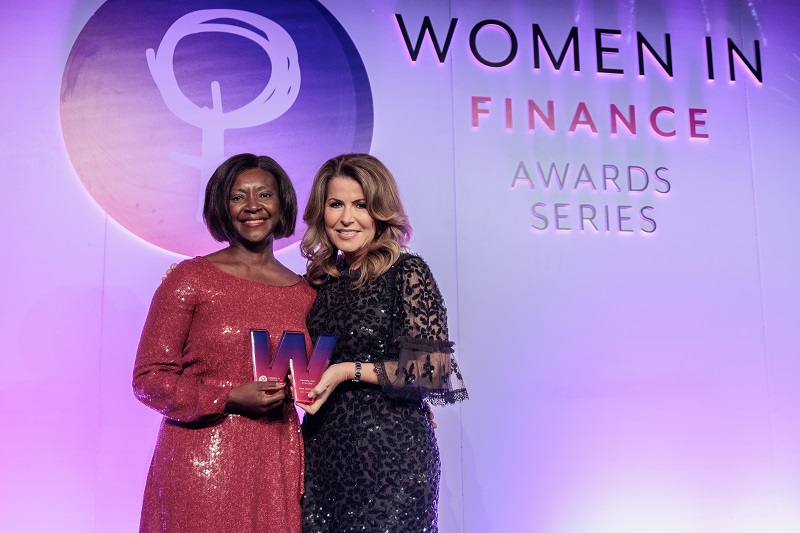At the height of anti-Asian violence in the US this year, DiversityQ spoke with Fazarna Nayani, author of The Power of Employee Resource Groups: How People Create Authentic Change, about how businesses can be better allies.
Fazarna, you have been in DE&I for over two decades. How would you describe your work as an employee resource group (ERG) strategic consultant?
My work as an ERG strategic consultant involves helping newly-forming ERGs and employee networks in need of support for continued development. I provide coaching, training, interactive workshops, and keynote speaking engagements and facilitate discussions and learning. The outcomes are a more efficient, productive, and impactful way of operating ERGs, increased connection and engagement, and clarity around purpose and planning for the future.
Overall, what has changed since the start of the pandemic?
Since the pandemic’s start, organisations and ERGs have been forced to maintain connections with their employees and ERG members, even though the group is largely remote. This has been challenging for many organisations. It has also allowed for the pivoting and adapting existing policies to be more inclusive to people with different needs and identities.
How can you ensure that your advice helps companies?
Companies keep in touch during and after consulting engagements to update me on progress, including any challenges. My team and I build structured feedback processes and good relationships with employees directly, so we immediately hear any input that requires response and attention to ensure our advice hits home and the strategies we share are implemented effectively.
An intentional feedback loop and check-in points within a project timeline allow structured accountability and supportive ownership of individual and organisational efforts.
You have said that Asian employees faced a lot of discrimination at work during the pandemic. How have companies responded to the increase in violence?
Company leaders are becoming mindful of the plight that Asian employees face with the increase in violence, assaults, harassment, and continued oppression that have been around for generations. Unfortunately, they have peaked with the onset of COVID-19 and the associated misdirected targeting and bullying against Asians.
There is always a need to increase further awareness about these issues given the lack of mainstream media coverage that really should be greater, given the frequency of these incidents.
Many Black, Asian and Ethnically diverse employees change jobs to meet the needs of companies. Are you seeing this in the industry?
Yes, many people of colour and people of marginalised identities have opted for remote work and may choose to leave a job if they are forcing these individuals to now show up in person.
Many individuals have shared with me how they often experience bias and microaggressions from coworkers. Still, since everyone has been working from home, there has been a decrease in these negative experiences. As a result, it is challenging to be asked to go back to work in person for many people of colour and people of marginalised identities. Instead, they are opting to change jobs to work within an environment that is more inclusive and equitable.
Do businesses have the right resources (human and financial) to deal with this type of conflict?
Businesses roller-coast up and down with the commitment of human and financial resources to deal with issues around diversity, equity, and inclusion. A truly integrated approach with an inclusive mindset and equitable approach throughout the organisation is how to truly demonstrate long-lasting and sustainable outcomes related to DEI efforts.
You have also pointed out that Asian workers are discreet about their discrimination. How can you explain this?
Culturally, many Asian cultures prefer to “save face” and hide any shame around challenging issues, including where they may be victims of overt harm or even subtle discrimination. There is also an indirect and collective component of communication and behaviour often found in many Asian cultures.
The cultural norms of relying on the collective for consensus and support may seem at odds with the stereotypical Western, dominant, independent-oriented sense of success seen and rewarded at many organisations.
As a result, the needs of Asian employees may be largely unmet. Also, work environments may harbour bias in the treatment and perceptions of Asian professionals due to assumptions about Asians rather than understanding the deeper cultural nuance around the strengths in leadership and navigating relationships that Asians possess.
What is missing to help Asian workers thrive in the workplace?
What is missing to help Asian workers thrive in the workplace is an active countering of the “Model Minority Myth” that pits Asians against other minority groups and also creates a stereotype that Asians are passive, only good at desk jobs and not as leaders, and also don’t have a say in their professional career advancement.
A recently released study by McKinsey highlights the lack of Asians at senior leadership levels. Stereotypes and a lack of support contribute to the lack of advancement and presence of Asian individuals at the highest leadership levels and throughout one’s career.
Do companies really understand the power of employee resource groups?
Companies may have a foundational understanding of employee resource groups, but the positioning and potential of employees are multi-layered and complex.
There are many different areas of impact that ERGs can have on an organisation, from its workforce to the workplace, from effectively reaching a range of markets, as well as contributing to community causes and the diversity of suppliers at the organisation. This integrated approach is necessary, and there is also a need for an increased understanding of the impact they can create.
You have written a book with the same title; what is the most important thing about it?
People of marginalised identities have, for a long time and more so recently, spearheaded and carried diversity, equity, and inclusion initiatives at their organisations.
My book ‘The Power of Employee Resource Groups: How People Create Authentic Change’ centres on the needs and experiences of the people involved. This book is a careful examination of the impact that ERGs can create.
It also highlights the current times and how ERGs need support as they navigate a changing landscape, challenges to employee engagement, and frequent tragedies in the news that affect communities far and wide. You will find tools to operate an ERG effectively while being prompted to reflect on navigating issues affecting the group and all involved.
Can you give examples of companies that are doing it right? Explain why.
Companies with high employee engagement, direction and support from leadership are doing it right! We can see how companies like LinkedIn and Twitter have gone above and beyond with the engagement of their employees by even compensating ERG leaders for their efforts. These are examples of companies that are further along in their ERG journey and also have global expansion and a very diverse workforce.
What advice would you give to young Asian talent coming into the workplace?
For young Asian talent coming into the workplace, I would advise you to keep true to who they are and not be dismayed by the negative stereotypes against Asians and the implicit pressure of needing to assimilate to dominant cultural norms to “get ahead”. These falsehoods will take individuals away from your true contributions and calling. Instead, stick to your inner moral compass and welcome.








